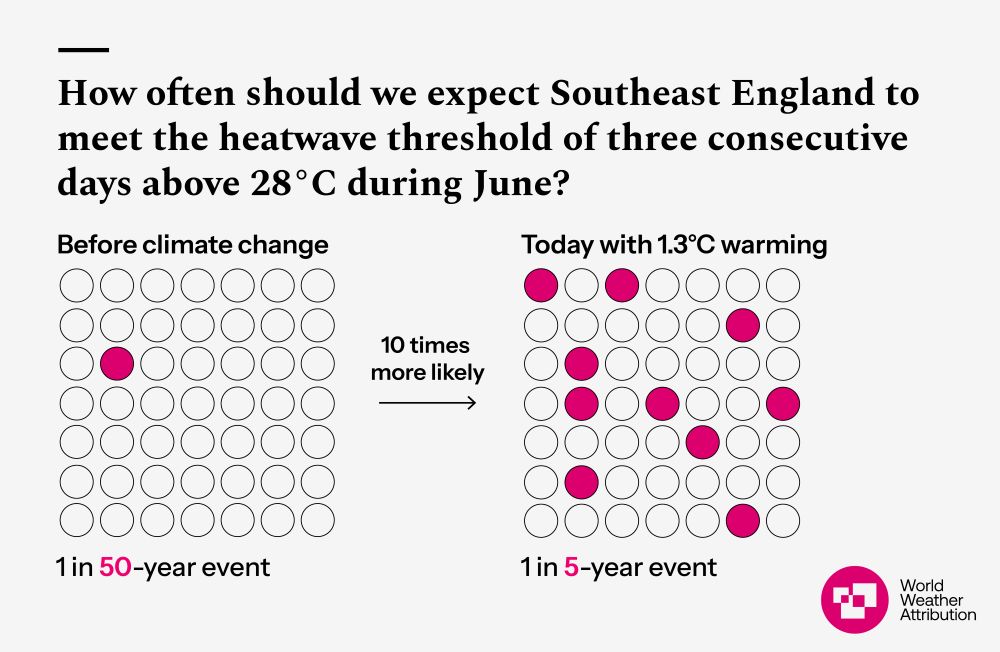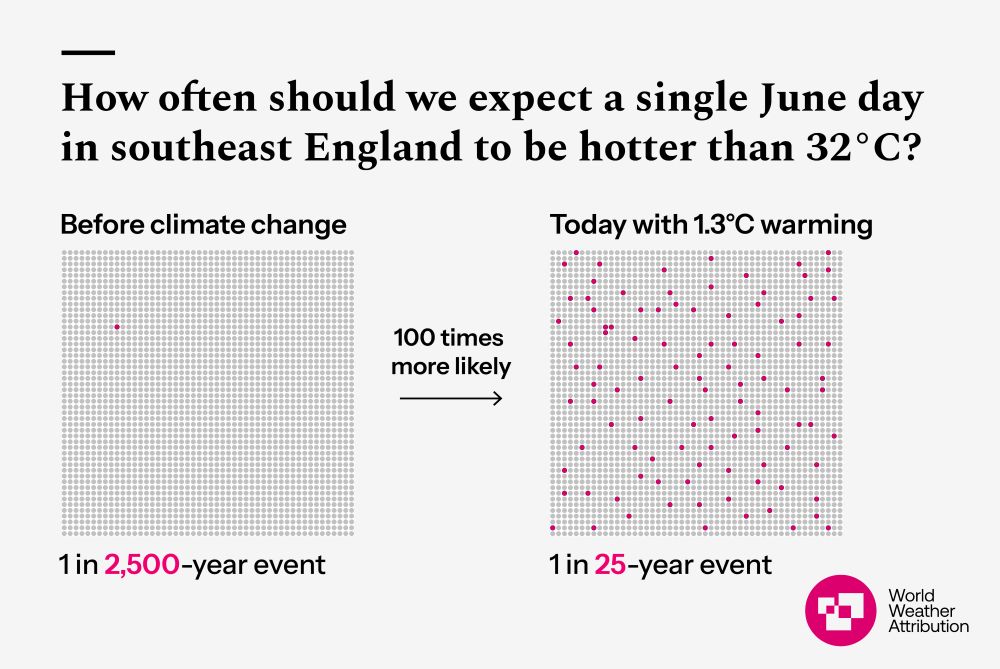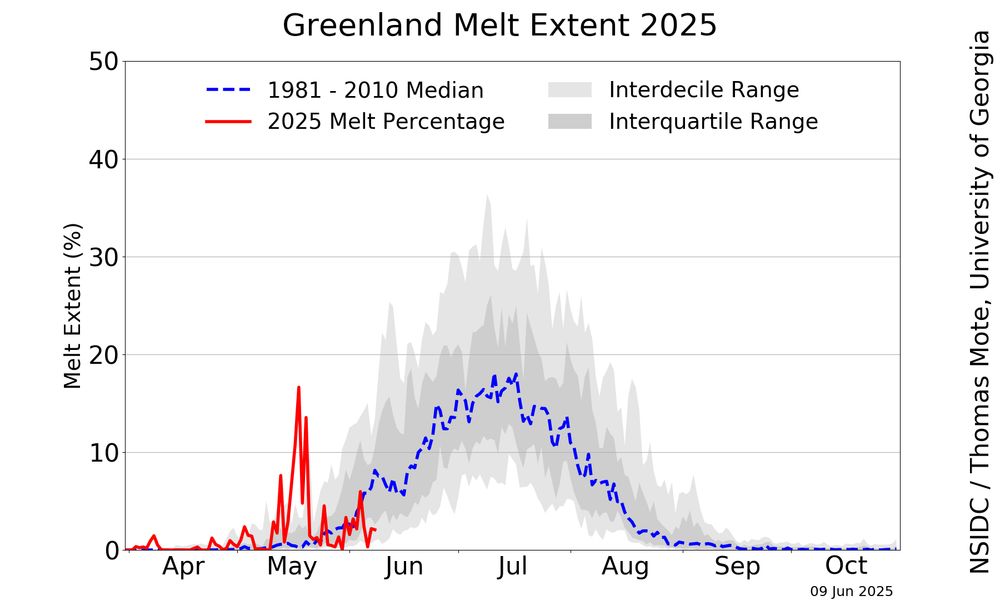

The persistent heat led to overcrowded and overheated hospitals, wildfires, algal blooms, a surge in drownings and reindeer sightings in urban areas seeking shade and relief from biting insects.

The persistent heat led to overcrowded and overheated hospitals, wildfires, algal blooms, a surge in drownings and reindeer sightings in urban areas seeking shade and relief from biting insects.
“This event should be taken as another reminder that no country is safe from climate change” - @frediotto.bsky.social
🧵

“This event should be taken as another reminder that no country is safe from climate change” - @frediotto.bsky.social
🧵

📷: Dean Calma

📷: Dean Calma
📷: Ali Hyder Junejo

📷: Ali Hyder Junejo
Our latest study, focusing on the hardest-hit north of the country, was published this morning 🧵


Our latest study, focusing on the hardest-hit north of the country, was published this morning 🧵
May, 2025 - Democratic Republic of Congo
June, 2024 - Afghanistan, Pakistan, Iran
June 2023 - Rwanda, Democratic Republic of Congo
📷:MONUSCO

May, 2025 - Democratic Republic of Congo
June, 2024 - Afghanistan, Pakistan, Iran
June 2023 - Rwanda, Democratic Republic of Congo
📷:MONUSCO


Historical data showed that neither event was particularly rare. Today, the rain in Colombia can be expected every ten years, while in Venezuela, similar spells of heavy rain can be expected every three years.


Historical data showed that neither event was particularly rare. Today, the rain in Colombia can be expected every ten years, while in Venezuela, similar spells of heavy rain can be expected every three years.
Our latest study couldn’t determine how climate change influenced the downpours. Why? A scarcity of data and poor model performance. 🧵
📷: Alcaldía de Bello

Our latest study couldn’t determine how climate change influenced the downpours. Why? A scarcity of data and poor model performance. 🧵
📷: Alcaldía de Bello




Our super rapid study was published this morning. It is just the second time we’ve studied an event in real-time, using forecast data. It's been hot work.
🧵

Our super rapid study was published this morning. It is just the second time we’ve studied an event in real-time, using forecast data. It's been hot work.
🧵
📷: Haukur Haraldsson, Icelandic Met Office

📷: Haukur Haraldsson, Icelandic Met Office
📷:UN Photo/Mark Garten

📷:UN Photo/Mark Garten


Just days later, on May 19, the Ittoqqortoormiit station in eastern Greenland reported 14.3°C, far above the monthly average of daily maximum temperatures of 0.8°C.
📷: Icelandic Met Office

Just days later, on May 19, the Ittoqqortoormiit station in eastern Greenland reported 14.3°C, far above the monthly average of daily maximum temperatures of 0.8°C.
📷: Icelandic Met Office
Our latest rapid study is a reminder that cold climate countries are also experiencing unprecedented heat and a warning that it is driving rapid ice loss ☀️🧊
🧵


Our latest rapid study is a reminder that cold climate countries are also experiencing unprecedented heat and a warning that it is driving rapid ice loss ☀️🧊
🧵




